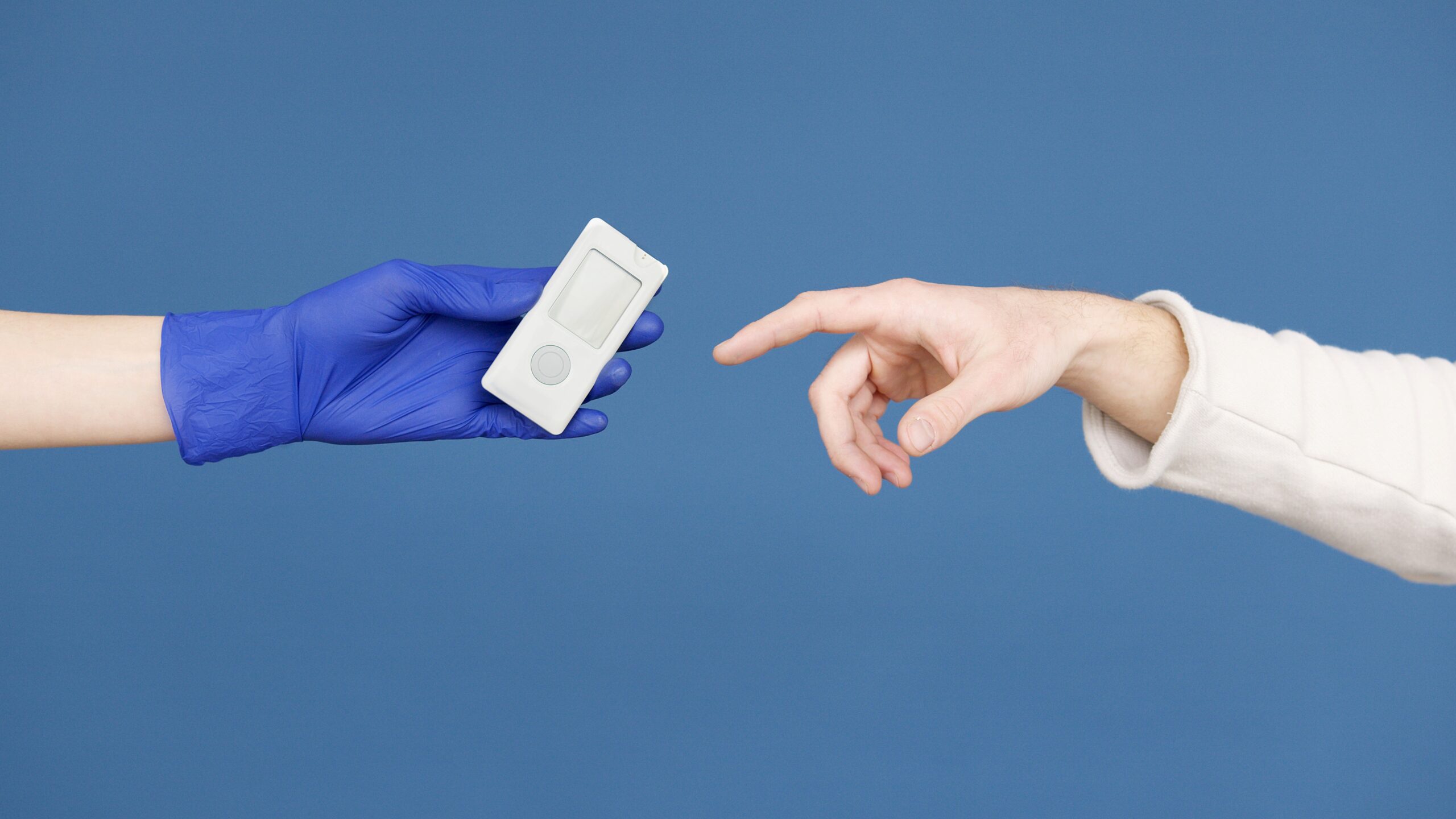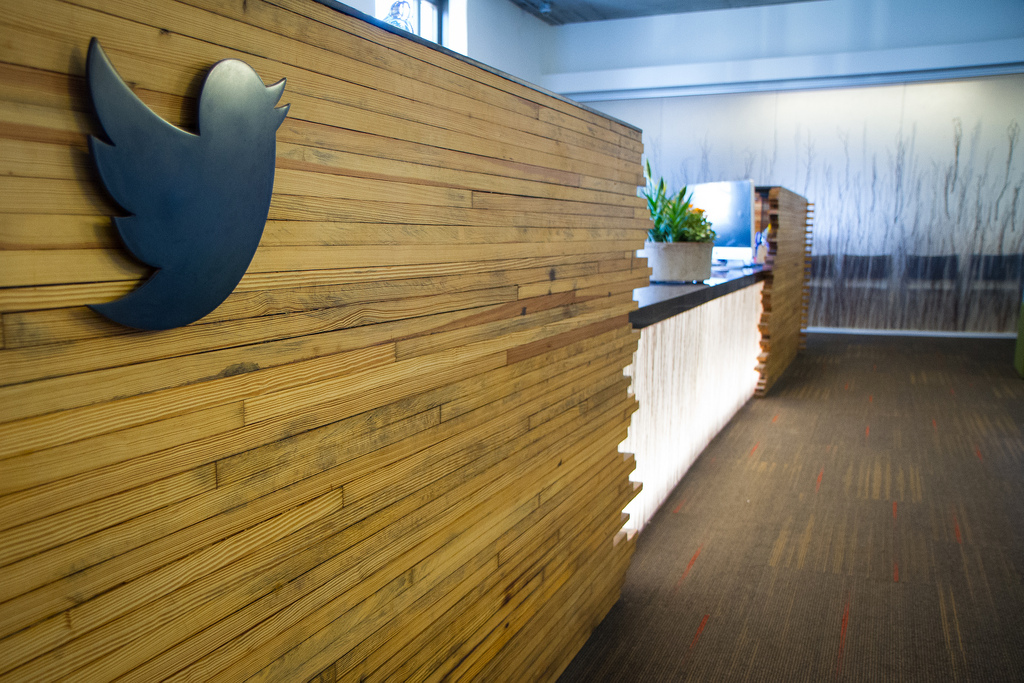Are “Metabolic Fitness” Tools Taking the Biowearables Trend Too Far?
A medical tool for managing diabetes is Silicon Valley’s latest fit-tech unicorn.

It was a tough year for all of us, but for Allie Entwistle it was on another level: the 30-year-old Vancouver-based comedian and educator’s pandemic blues were compounded by a Type 1 diabetes diagnosis.
“It’s terrifying at first when you’re diagnosed, because you essentially have to be your own pancreas,” she says. Most people produce their own insulin, but for diabetics, balancing insulin levels becomes a (never-ending) manual project.
At first, Entwistle used the finger-poking device (not the medical term) she received from the hospital to measure her blood sugar. A prick two hours before meals, a prick two hours after meals; more frequently if you’re not feeling well. All in all it takes up a lot of her time. “You basically forget you have other organs to take care of,” Entwistle says.
But a few months in, she learned about a digital tracker called the FreeStyle Libre that offered a less cumbersome option: a hands-free, continuous glucose monitor that attaches to your upper arm. The little plastic disc reports highs and lows via bluetooth to your phone in a graph. It’s like a running app, but for your insides.
So imagine Entwistle’s surprise when she stumbled across a tweet about a sleek new fit-tech tool called Levels—a “metabolic fitness” tracker that looked a little familiar.
“It literally was the Libre with their logo on it,” Entwistle says. Levels uses Libre’s hardware but markets it to non-diabetics looking to “unlock” their metabolic health. “Levels tracks your blood glucose in real time, so you can maximize your diet and exercise,” the website explains. It is a product marketed to people looking to optimize, not merely survive. It’s a product that dares to ask, what if it were actually fun to examine everything you put in your body under a magnifying glass?
Levels may have raised $12 million for its “biowearable,” but it isn’t the only company using the FreeStyle Libre in a consumer-facing way. Supersapiens, NutriSense, and Lifetizr are marketing similar software that uses Libre’s glucose-monitoring technology. For these biowearables, the branding is much different from the medical device (“Sustain peak performance,” “Optimize your fueling”), but the functionality and technology are exactly the same.
For people monitoring life-threatening diseases like diabetes, to see fitness buffs opting in to this obsession as a fun whim is questionable. “So many diabetics can’t afford this technology,” Entwistle says. “It comes out to about $2,400 a year, so to gamify this aspect of your health with tech that people who actually need but can’t afford, it seems unethical.”
The fit-tech trend is nothing new at this point. Your mom has a FitBit. You’ve been bullied by your Orangetheory trainer into buying a heart monitor (just me?). Your iPhone is quietly tracking your steps and probably your period too, whether or not you asked it to. Wearable tech is a $32 billion dollar industry, one that blends the self-righteousness of the self-care and wellness trends with Data Rules Everything Around Me techno-optimism into one sleekly marketed package that probably comes in a white minimalist box. Of course, there are benefits to tracking one’s health—what can’t be measured, can’t be managed, as they say—but co-opting a diabetic’s medical tool, I feel, is going too far.
Because metabolic competitors aren’t approved for consumer use in Canada, Diabetes Canada declined to comment, but Entwistle is happy to be blunt: “It’s so offensive. The biggest thing is that so many diabetics who need it aren’t able to access it. To say you’re doing this crusade that’s only accessible by wealthy people is insane.”
Those who have to buy a Libre are paying a pretty penny to do so—while they’re convenient, they aren’t cheap or covered by Pharmacare. They need to be replaced every two weeks and cost $97 a pop out of pocket. Entwistle is one of more than 2 million North Americans with Type 1 diabetes who use or need a tool like this to maintain their health. In other words: it’s better than finger pricks, but not exactly fun.
Insults to diabetics aside: is this consumer technology actually helpful to the average human with a normally functioning digestive system?
Levels co-founder Dr. Casey Means, unsurprisingly, argues yes. “This is the first time we’ve had closed-loop biofeedback on diet,” says Means, who also acts as Levels’ chief medical officer. “We have heard from members that moving toward stable and healthy blood sugar levels improves many aspects of their current functioning, like sleep quality, energy, mood, and athletic performance.”
The long-term goal of keeping blood sugar more stable—even for someone in good health—is that it may reduce the risk of chronic metabolic diseases. Means reports that Levels’ user base is wide-ranging, inclusive of those optimizing nutrition, longevity enthusiasts, and professional athletes of all ages and genders. “The program is not intended to diagnose, prevent, or treat illness,” Means reiterates. Levels beta software is only available to individuals without a diagnosis of a metabolic condition, though confusingly, you need a doctor to give you a prescription for it through Levels’ network of tele-health providers, and Type 1 diabetes celebrity icon Este Haim is an investor in the brand.
The productivity and health obsessives who are using Levels seem pleased with the experience of learning how a banana alone versus a banana plus cashew butter can affect their energy levels. But for those who will be stuck with their Libre after the wearables craze dies down, the interest in metabolic health feels like a bitter pill to swallow—or rather, a bitter plastic disc to stick to your arm and replace again and again and again and again and again and again.







